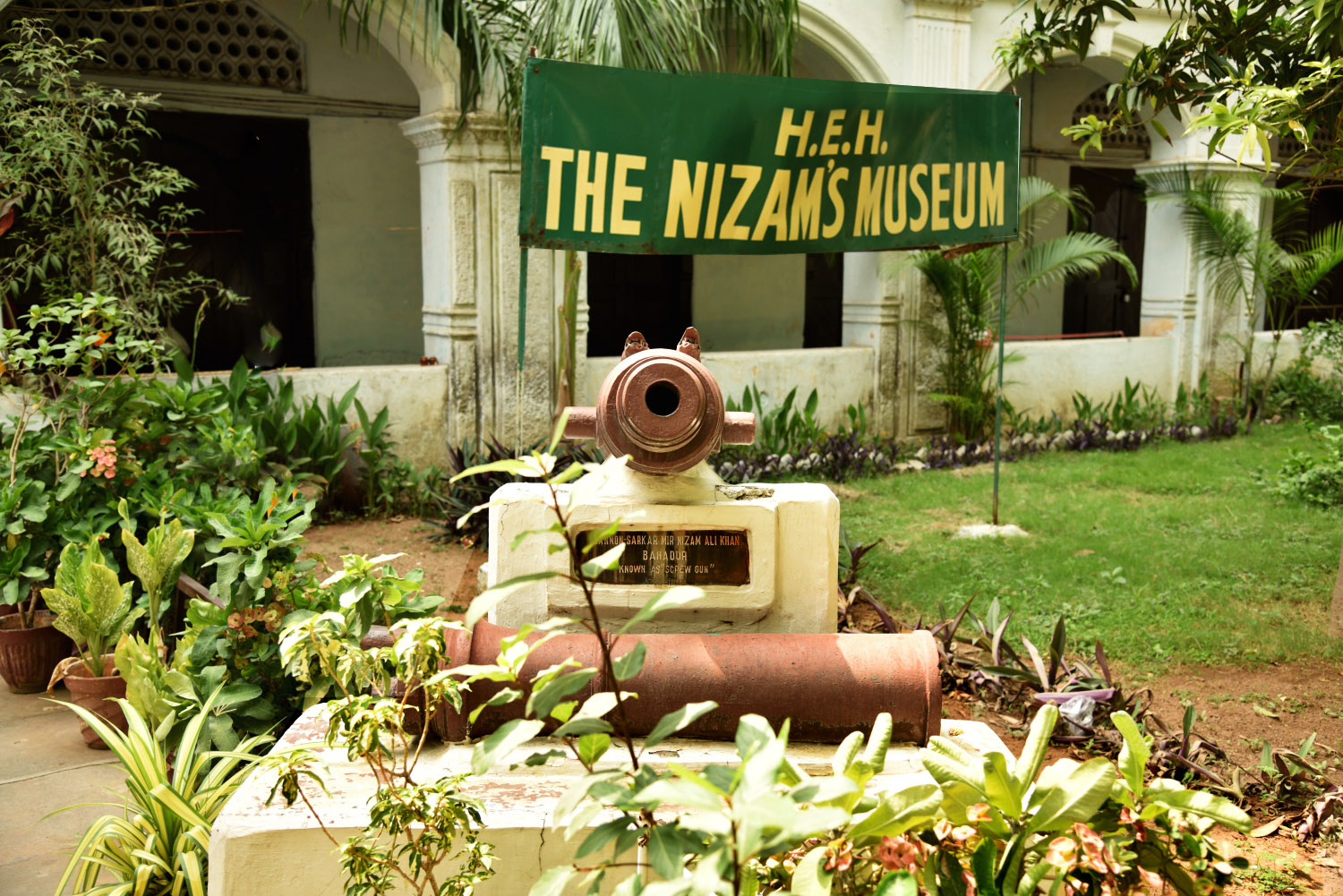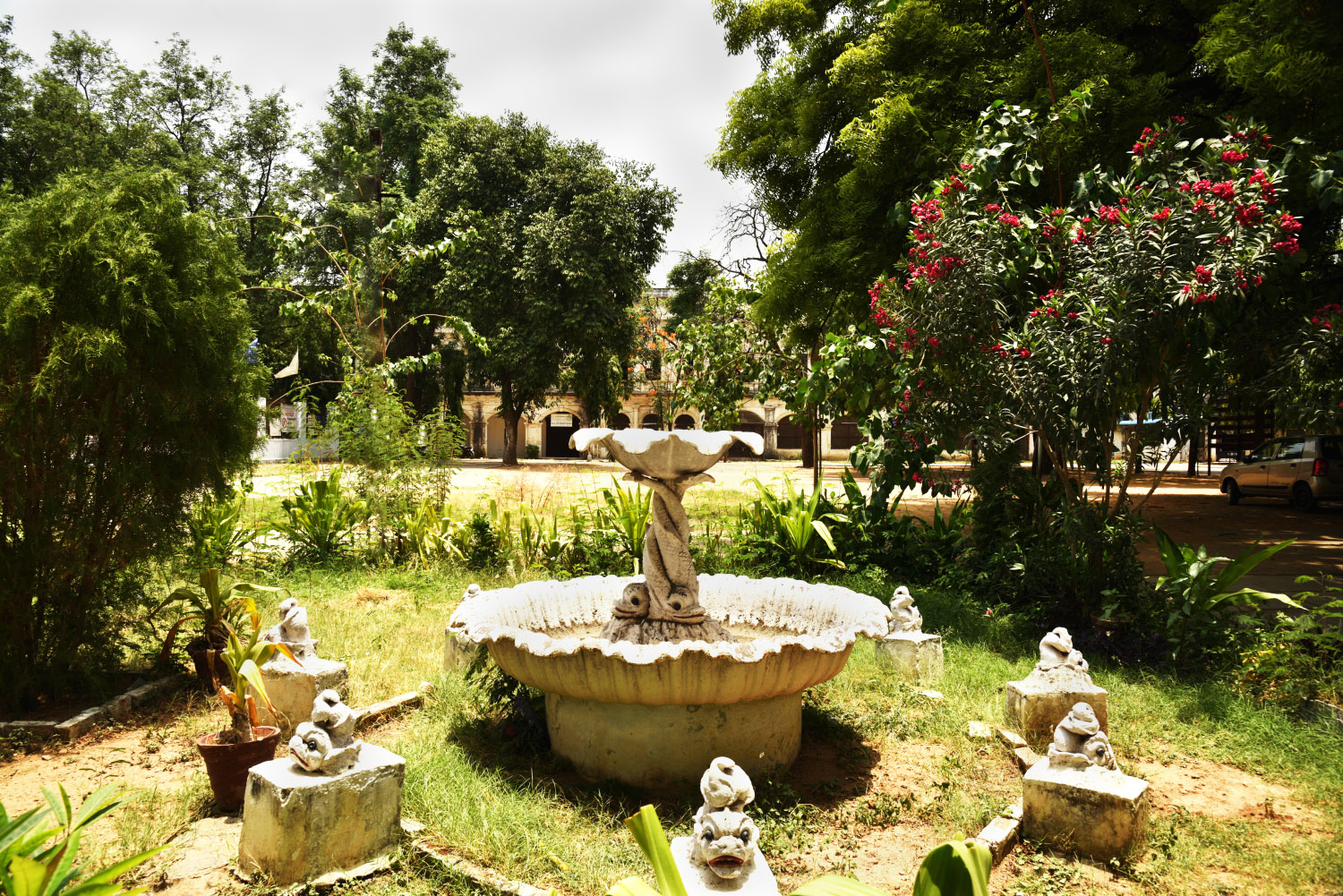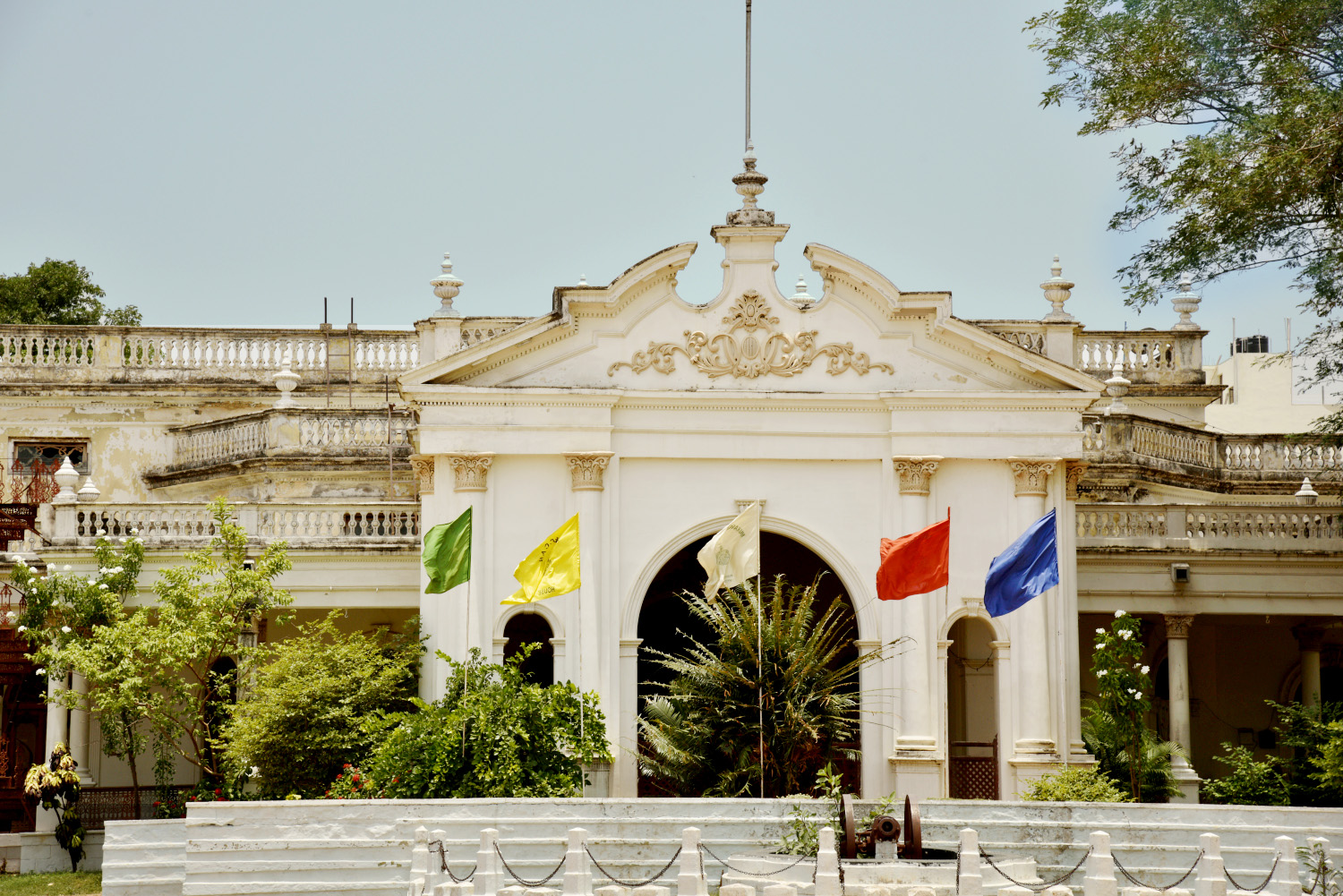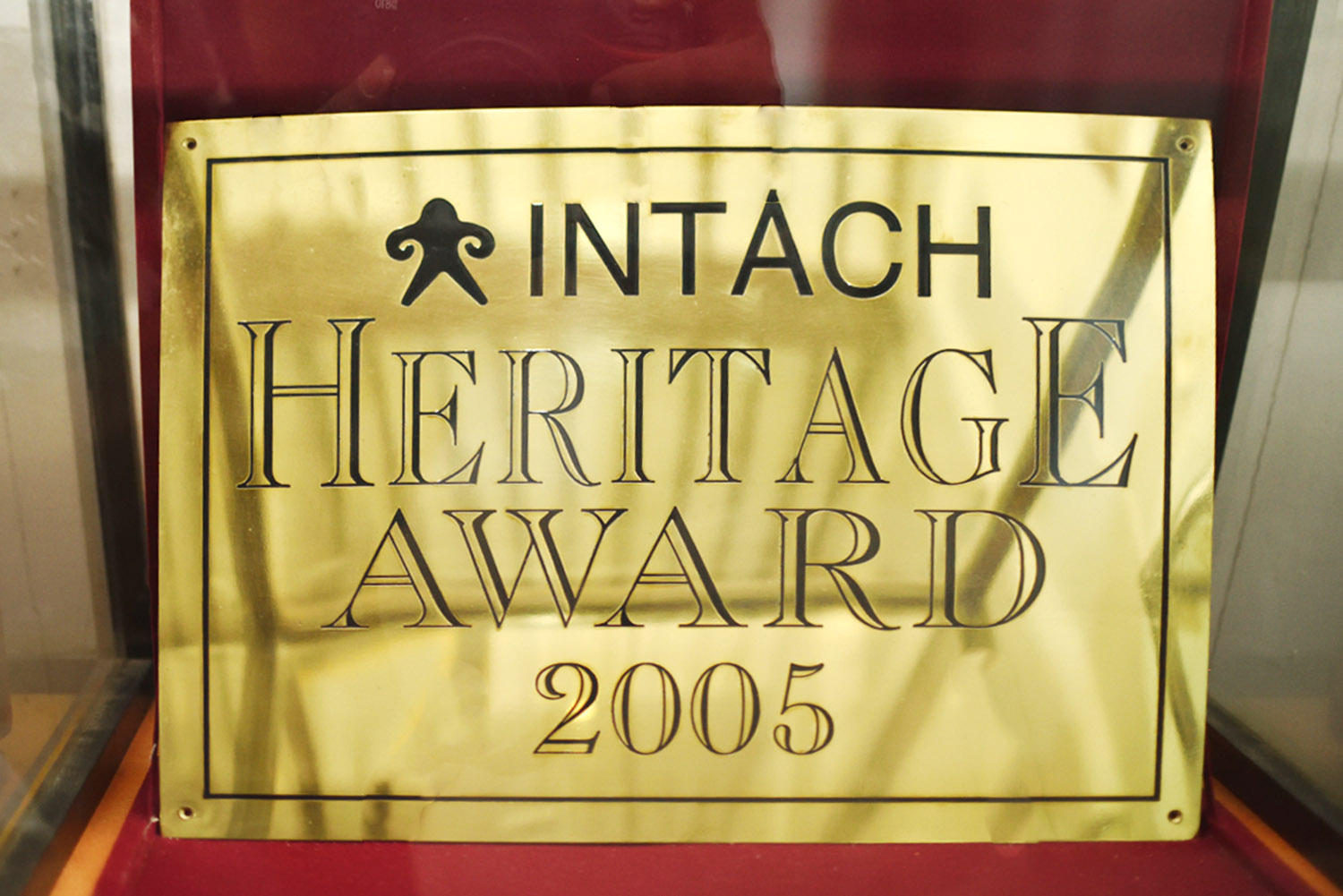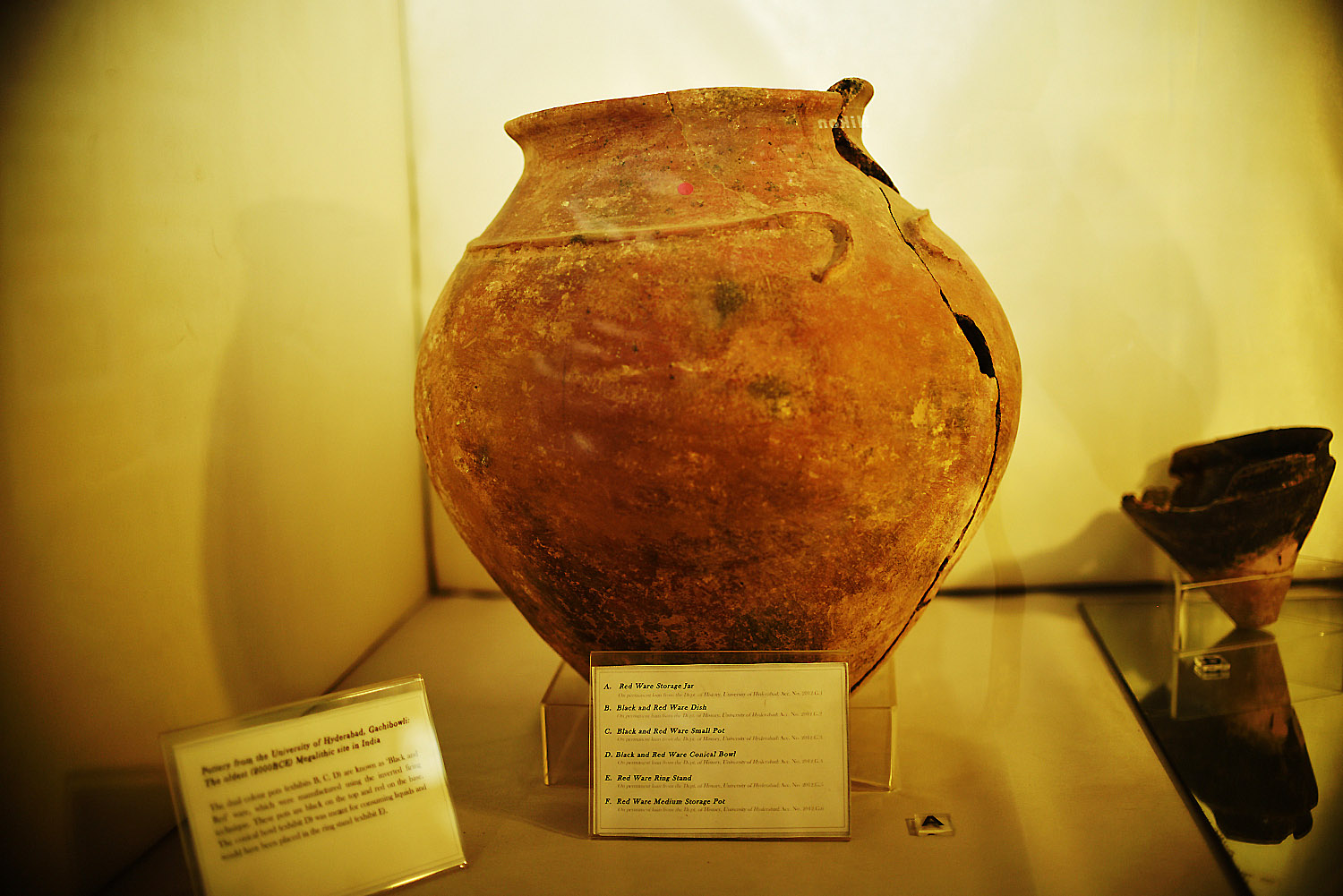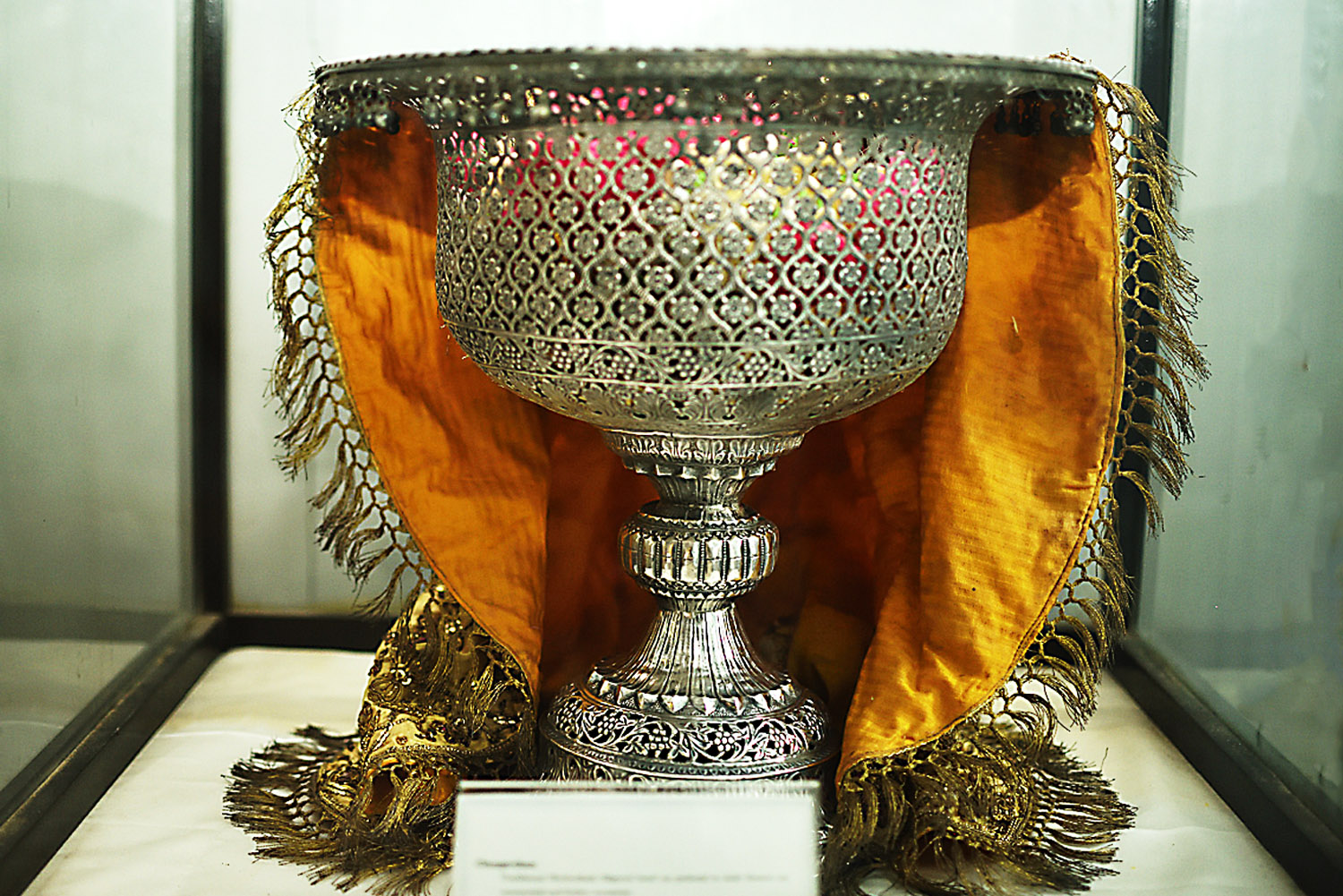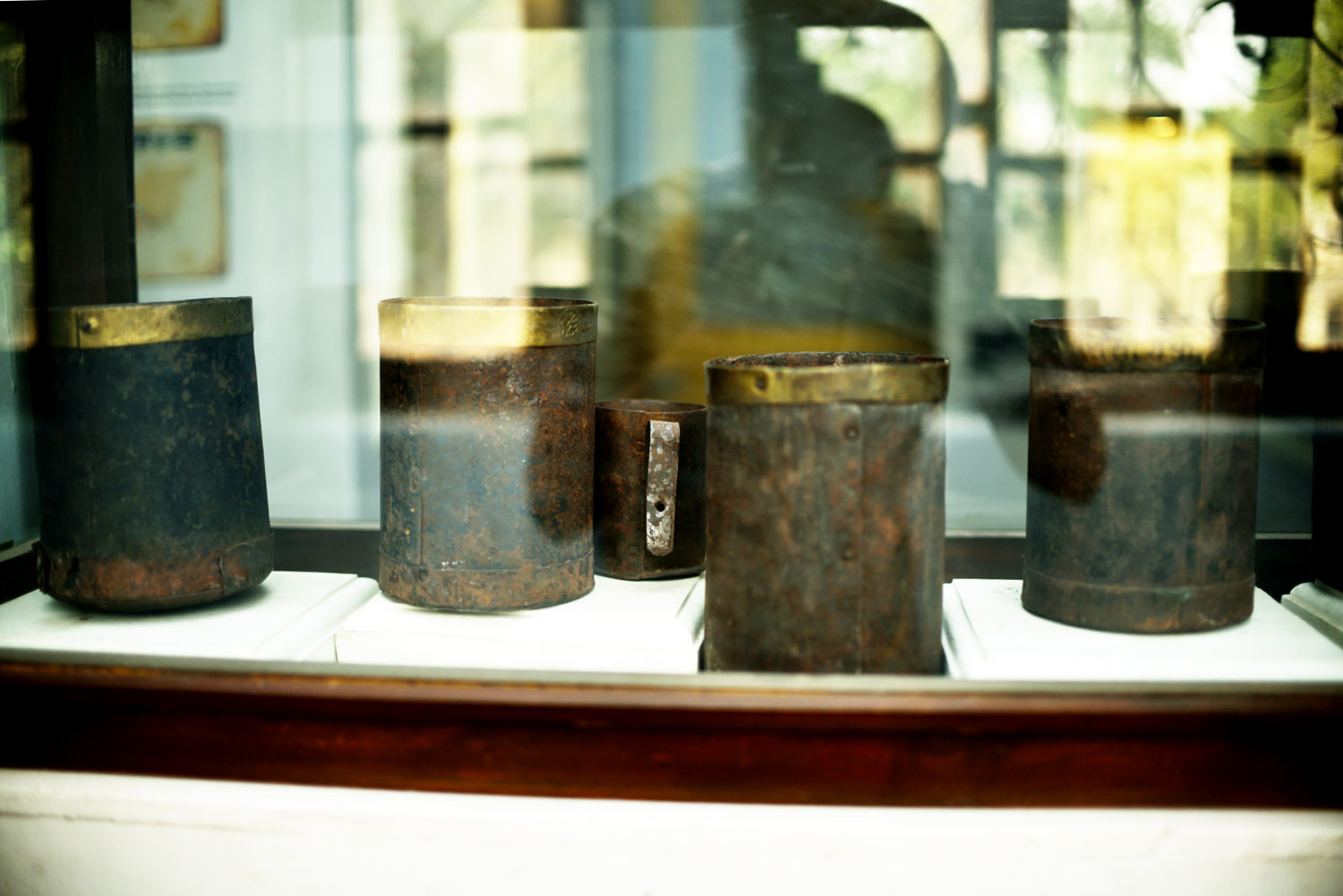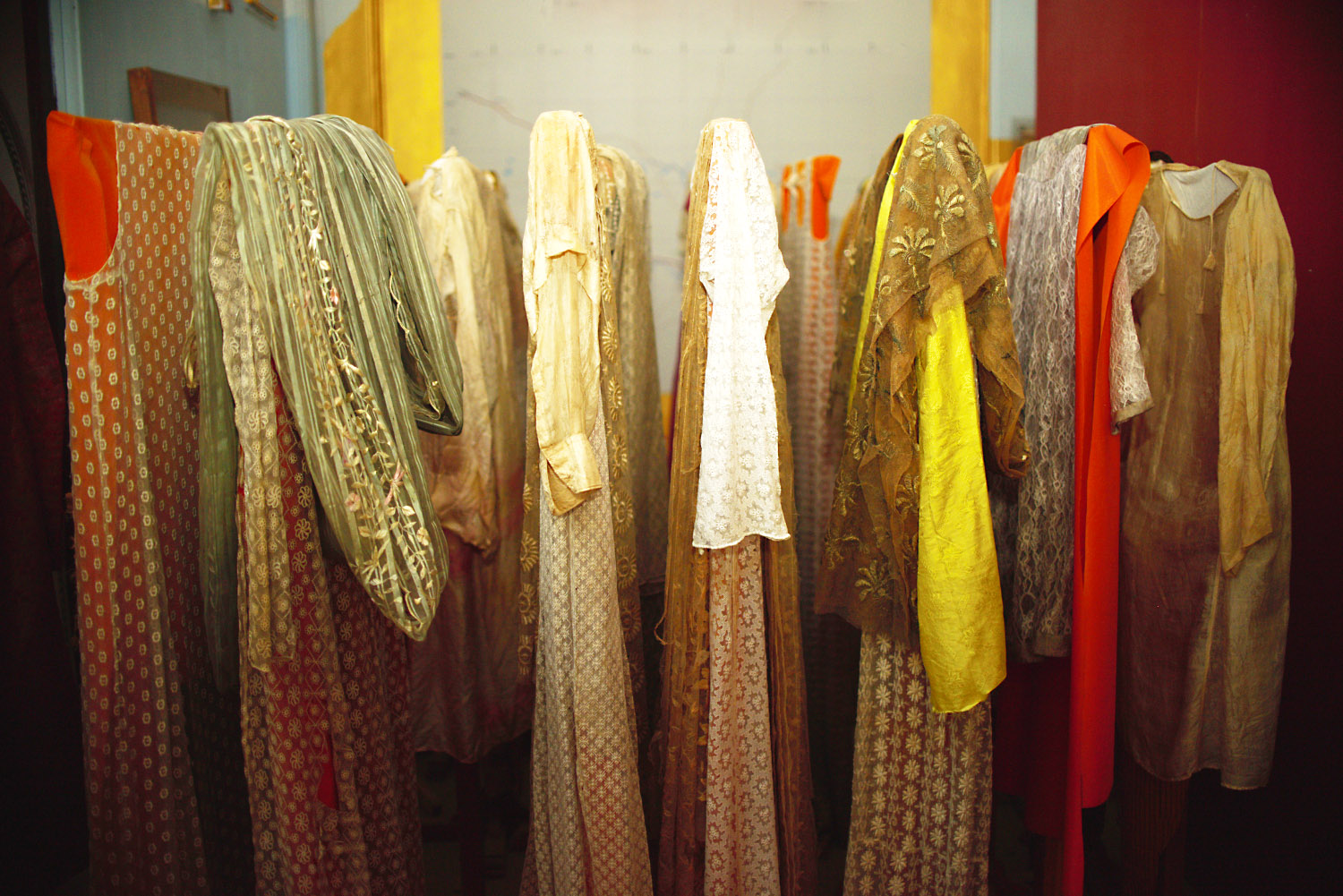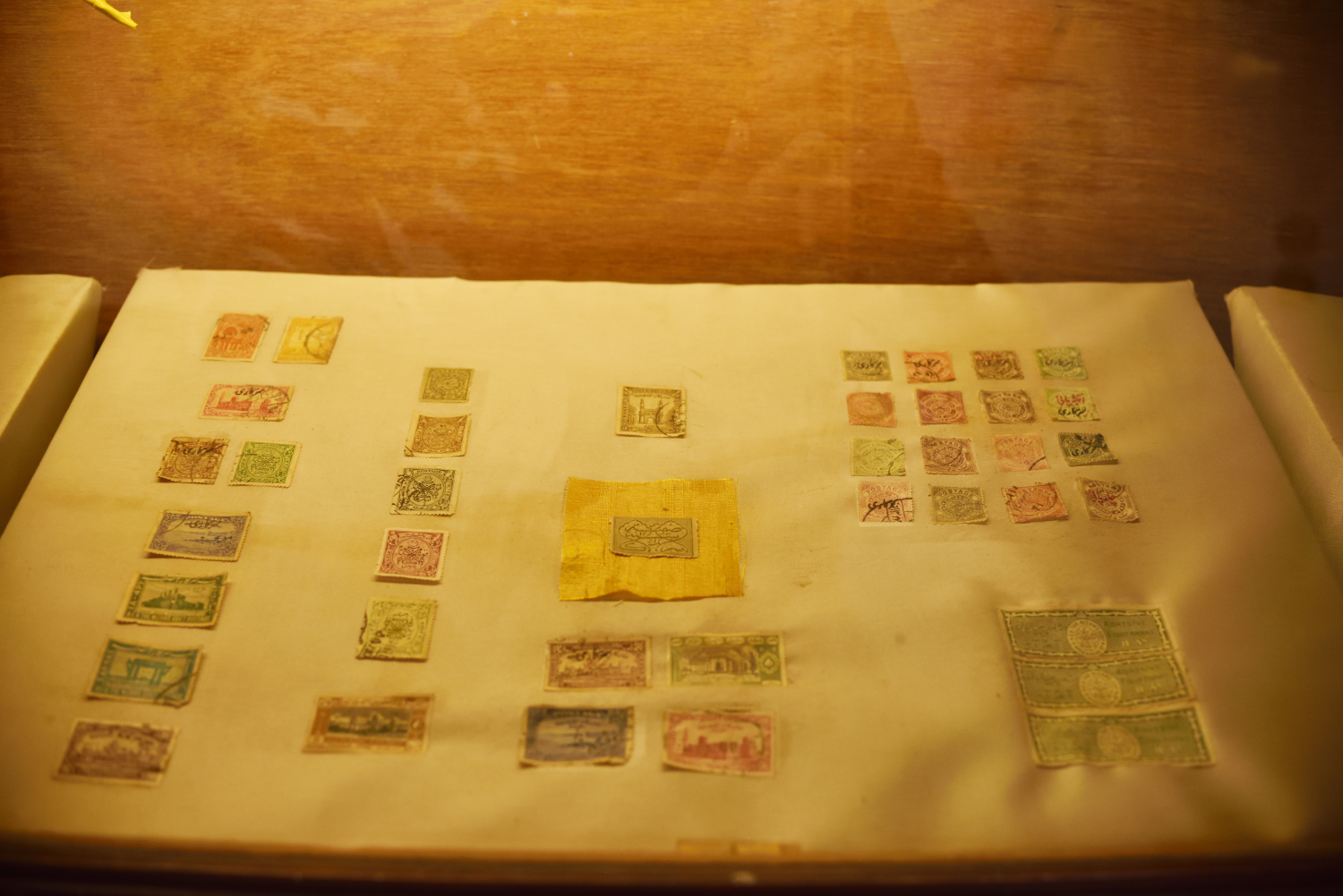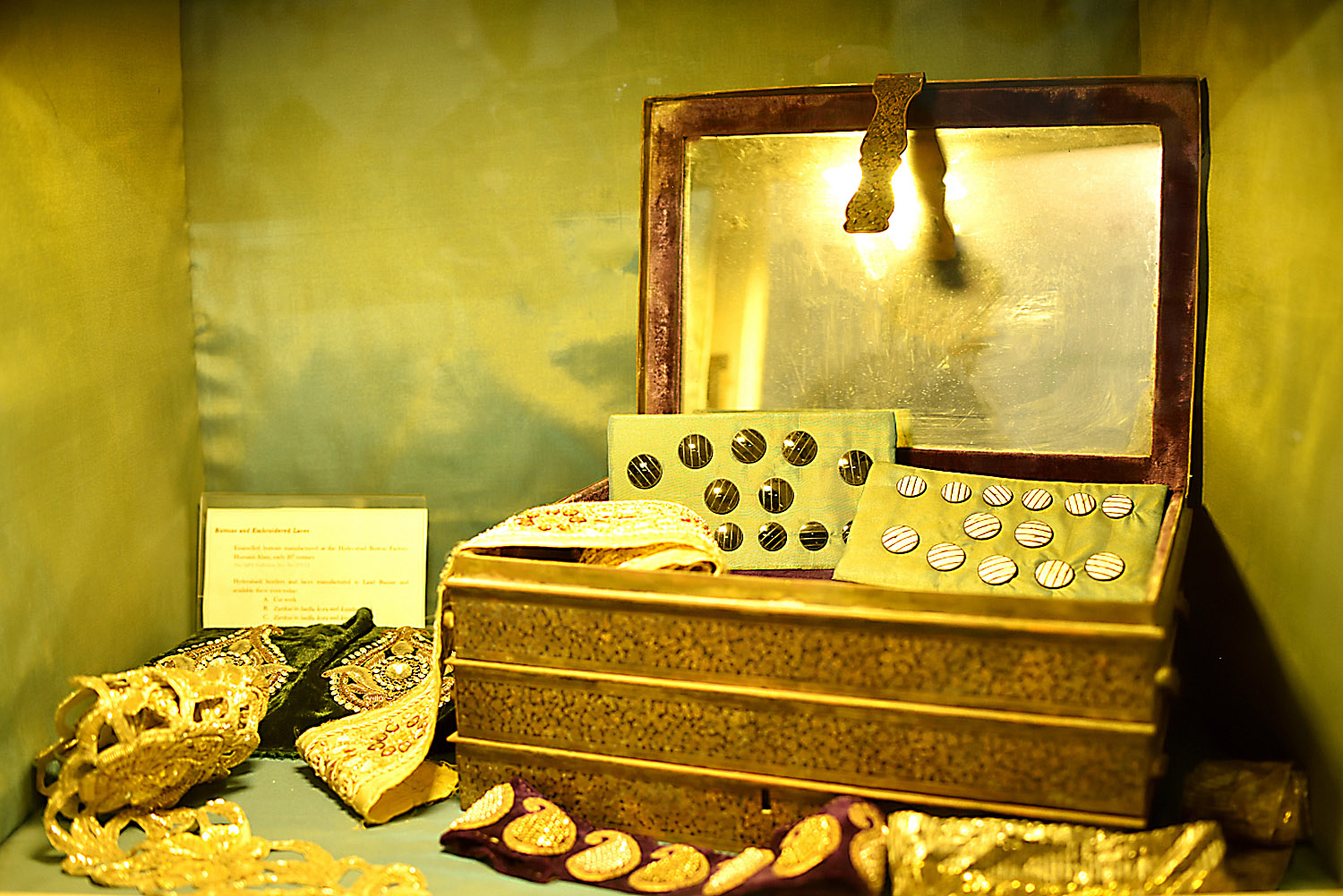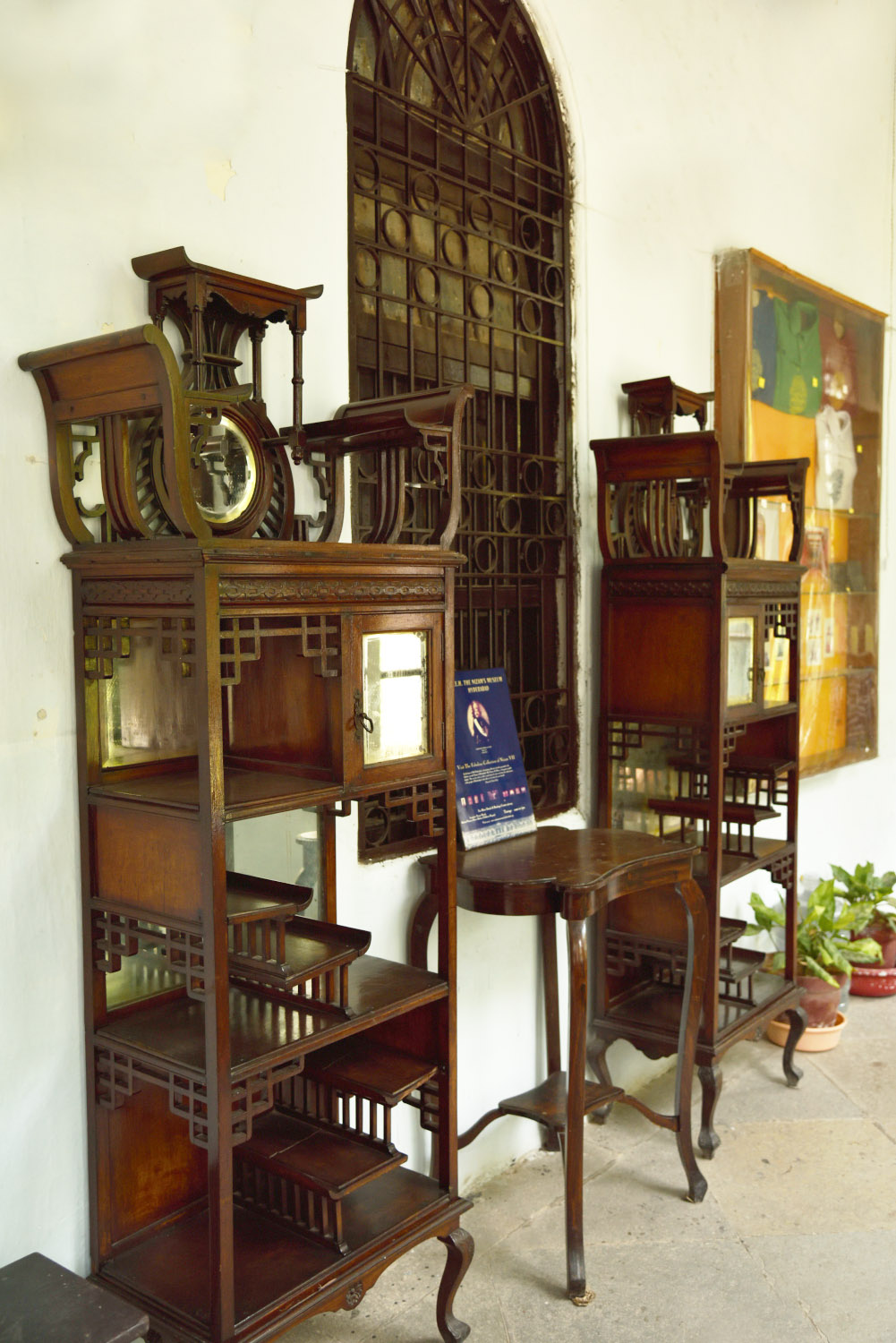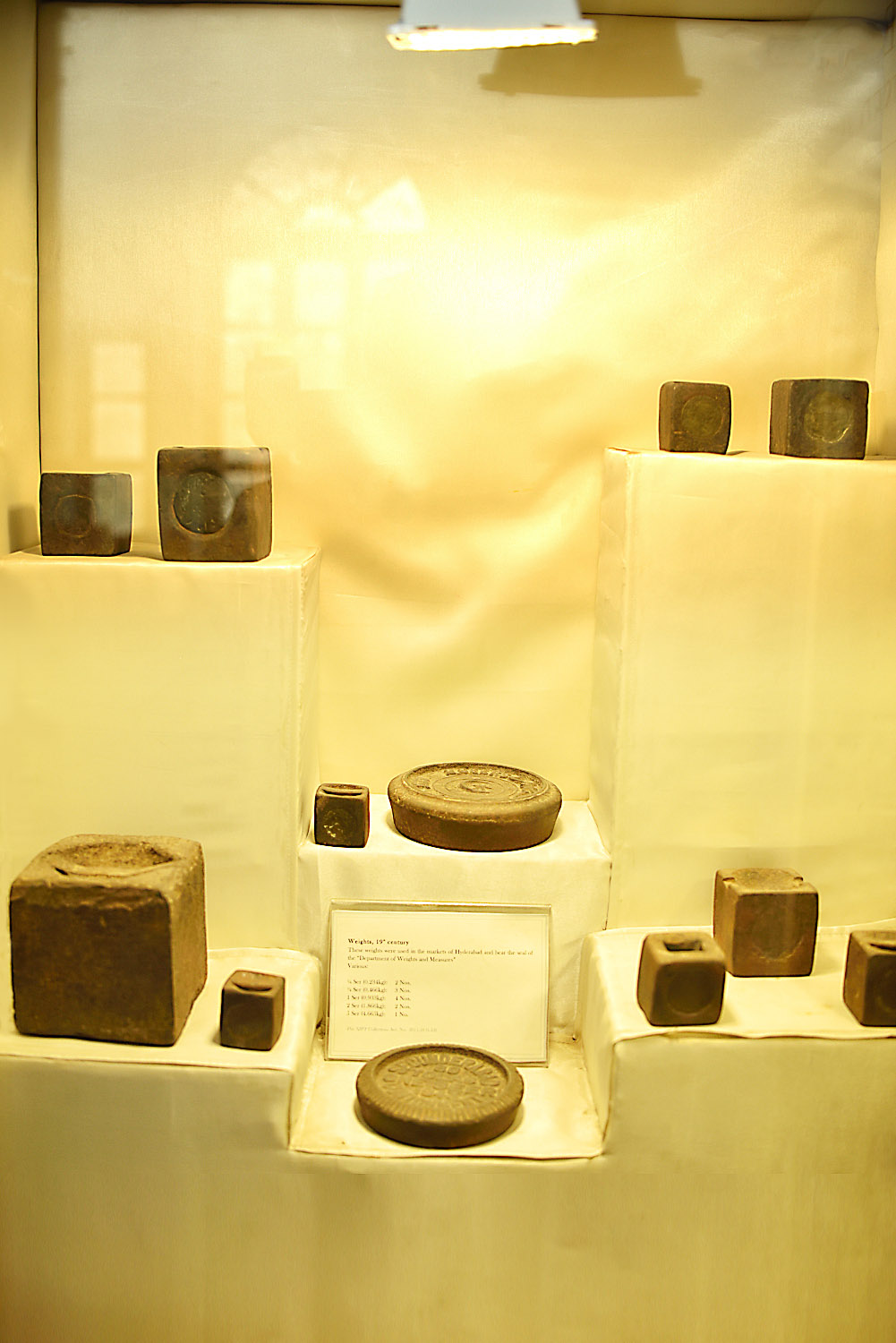A Glimpse of Royalty
at THE NIZAM’S Museum
Did you know that the area that constitutes Hyderabad today was inhabited nearly four thousand years ago? The City Museum will re-trace some of these steps back to the Megalithic times, to the Kakatiyas of Warangal, to the Golconda, one of the world’s leading diamond trading centers that attracted tradesmen and travellers from the world over and were evocative of incredible glamour, unparalleled riches and romantic splendor.
The documented history of Hyderabad begins with the establishment of a considerable civilian population in the fortress of the Golconda in the times of the Kakatiya rulers. Then, a new garden suburb outside the fortress was designed and built by the Qutub Shahi Sultans in 1591. Aurangzeb took siege of Golconda in 1687 and the city was destroyed.
The Asaf Jahs ruled for over two hundred and fifty years and the city prospered again. The biggest transformation of the city occurred then. Post-independence, Hyderabad continued to prosper and is now sharing and contributing to India’s revitalization.
After a brief introductory video describing the chronological history of the city, the story will unfold, not in a linear fashion, but by providing brief glimpses into various aspects of the city that makes it special.
The Trust, H.E.H The Nizam’s Jubilee Pavilion Trust is a not-for-profit organization formed on the 12th of August, 1957 with H.E.H Nawab Mir Osman Ali Khan Bahadur, GCSI, GBE, the seventh Nizam of Hyderabad and Berar as Chairman. The presents received by the Nizam during the Silver Jubilee celebrations of his rule were transferred to the Trust. They form a majority of the items put on display in two galleries of H.E.H the Nizam’s Museum at Purani Haveli, Hyderabad, Telangana, India.
The primary activity of the Trust was to display and care for the treasures so magnanimously left to the public domain by HEH Nawab Mir Osman Ali Khan, the Nizam-VII.
